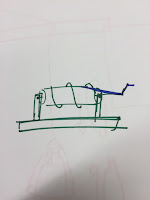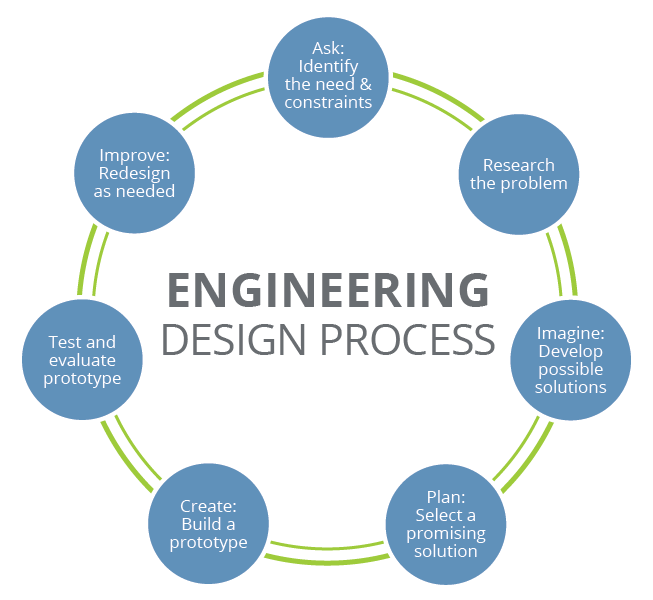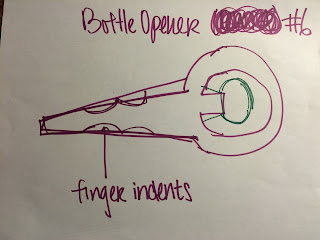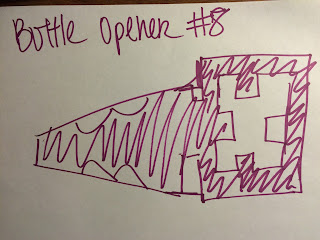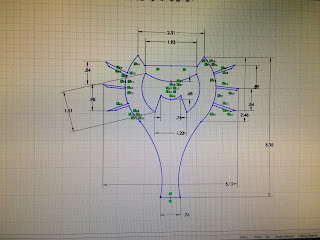 Task/Challenge:
Task/Challenge:
Using a PicoCricket powered old rectangular motor, design a lego car carrying a 1.0kg weight over a 4 meter carpet course. The old motor has a high speed but low torque, making it difficult for the vehicle to move with a kilogram of weight. Torque/Speed:
Torque and speed are inversely proportional. To move the kilogram weight, my partner, Thessaly, and I had to increase the torque and decrease the speed to create the perfect balance for a fast and effective vehicle.Materials:
- 8 tooth gear, 16 tooth gear, 24 tooth gear, 40 tooth gear- 6 wheels, 2 of each type
- PicoCricket, Motor Board, Motor, cables to connect them
- 1 kg weight
- Lego parts from the Lego cabinet
 Day 1:
Day 1:
Without realizing that the high speed of the motor would be a problem, we created a car with only two gears, an 8 tooth and 40 tooth for maximum speed and minimum friction. We connected the two gears with a chain without realizing the massive amount of friction it would contribute to our car. When we connected the motor to our car, there was too much speed and not enough torque to spin the gears.
 Day 2:
Day 2:
For the rest of our models, we realized the motor could power a gear train connected to a set of wheels like a two wheel drive.Our second and third model was to create vehicle with a gear ratio of 3:5 using a 24 tooth and 40 tooth gear and a vehicle with a 1:5 gear ratio using an 8 tooth gear and 40 tooth gear. Both those models needed higher torque as the car still would not budge with a kilogram weight.
We proceeded to a 1:25 gear ratio using two 8 tooth and 40 tooth gears to create a gear train. Our vehicle took about 10 seconds to cover the 4 meter course.
For further improvement, we continued to increase the gear ratio to 3:125 by adding another 24 tooth and 40 tooth gear. Our car took about 20 seconds to cover the 4 meter track.
 Without thinking about reducing the gear ratio, we concluded 1:25 was the best gear ratio for the fastest car.
Without thinking about reducing the gear ratio, we concluded 1:25 was the best gear ratio for the fastest car.Then we realized our car was going the opposite direction of what we expected. We tried adding another gear but keeping the same gear ratio but that created extra unneeded friction.
To the left is our final model with the weight and PickoCricket.
Calculations:
| Gears | Gear Ratio | Speed(s) |
|---|---|---|
| one 24:40 --> (24/40) | 3:5 | 0 |
| one 8:40 --> (8/40) | 1:5 | 0 |
| two 8:40 --> (8/40)^2 | 1:25 | 10 |
| two 8:40; one 24:40 --> (8/40)^2 * (24/40) | 3:125 | 20 |
Here is our 1:25 gear ratio using two 8 tooth and two 40 tooth gears to create a gear train. We connected an 8 tooth gear to the motor and the final 40 tooth gear to the axil of the wheels. The wheels spin a factor of 25 times slower than the motor but has a torque 25 times as large.






